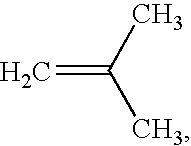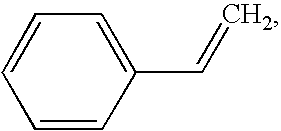Sustained release of superoxide dismutase mimics from implantable or insertable medical devices
a technology of superoxide dismutase and mimics, which is applied in the direction of prosthesis, biocide, catheters, etc., can solve the problems of exacerbated restenosis of the vessel
- Summary
- Abstract
- Description
- Claims
- Application Information
AI Technical Summary
Benefits of technology
Problems solved by technology
Method used
Image
Examples
Embodiment Construction
Stainless steel coronary stents are coated with a polymeric matrix containing a superoxide dismutase mimic of choice. The polymer matrix is a polystyrene-polyisobutylene-polystyrene triblock copolymer matrix, described, for example, in U.S. Pat. No. 5,741,331, U.S. Pat. No. 4,946,899 and U.S. Ser. No. 09 / 734,639, the disclosures of which are hereby incorporated by reference. The superoxide dismutase mimic is uniformly dispersed throughout the polymer. The coating is applied from a solution containing 1 wt % solids (SOD mimic and polymer), 74.3 wt % methylene chloride and 24.7 wt % toluene, by spray coating (or dip coating). The coating contains from 5-30% superoxide dismutase mimic by weight. Following coating of the device, the devices are dried in a vacuum oven at 40.degree. C. for 1 hr. Extended release can be demonstrated by incubation of each coated stent in phosphate buffered saline (PBS) at 37.degree. C. An extended release profile is desirable for coronary stents, because th...
PUM
| Property | Measurement | Unit |
|---|---|---|
| weight | aaaaa | aaaaa |
| weight | aaaaa | aaaaa |
| time | aaaaa | aaaaa |
Abstract
Description
Claims
Application Information
 Login to View More
Login to View More - R&D
- Intellectual Property
- Life Sciences
- Materials
- Tech Scout
- Unparalleled Data Quality
- Higher Quality Content
- 60% Fewer Hallucinations
Browse by: Latest US Patents, China's latest patents, Technical Efficacy Thesaurus, Application Domain, Technology Topic, Popular Technical Reports.
© 2025 PatSnap. All rights reserved.Legal|Privacy policy|Modern Slavery Act Transparency Statement|Sitemap|About US| Contact US: help@patsnap.com


